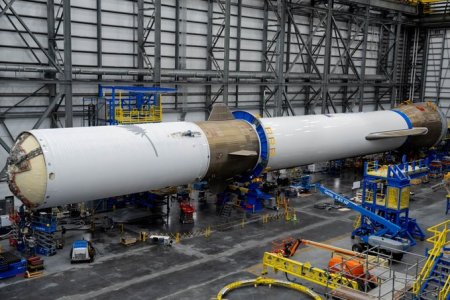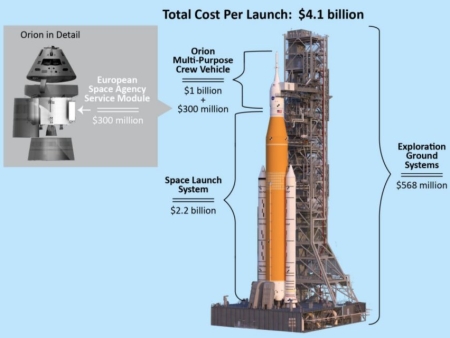SpaceX delays 6th Starship/Superheavy launch one day to November 19, 2024
In a tweet yesterday SpaceX announced that it is now targeting November 19, 2024 for the sixth orbital test flight of its Starship/Superheavy rocket. The thirty minute launch window opens at 4 pm (Central). Though SpaceX will provide a live stream on X, X does not provide a standby service, so I am embedding below the feed of SpaceX’s live stream provided by Space Affairs.
From SpaceX’s webpage for this mission:
The next Starship flight test aims to expand the envelope on ship and booster capabilities and get closer to bringing reuse of the entire system online. Objectives include the booster once again returning to the launch site for catch, reigniting a ship Raptor engine while in space, and testing a suite of heatshield experiments and maneuvering changes for ship reentry and descent over the Indian Ocean.
Starship’s landing will be in daylight this time in order to allow for better observation.
» Read more
In a tweet yesterday SpaceX announced that it is now targeting November 19, 2024 for the sixth orbital test flight of its Starship/Superheavy rocket. The thirty minute launch window opens at 4 pm (Central). Though SpaceX will provide a live stream on X, X does not provide a standby service, so I am embedding below the feed of SpaceX’s live stream provided by Space Affairs.
From SpaceX’s webpage for this mission:
The next Starship flight test aims to expand the envelope on ship and booster capabilities and get closer to bringing reuse of the entire system online. Objectives include the booster once again returning to the launch site for catch, reigniting a ship Raptor engine while in space, and testing a suite of heatshield experiments and maneuvering changes for ship reentry and descent over the Indian Ocean.
Starship’s landing will be in daylight this time in order to allow for better observation.
» Read more





